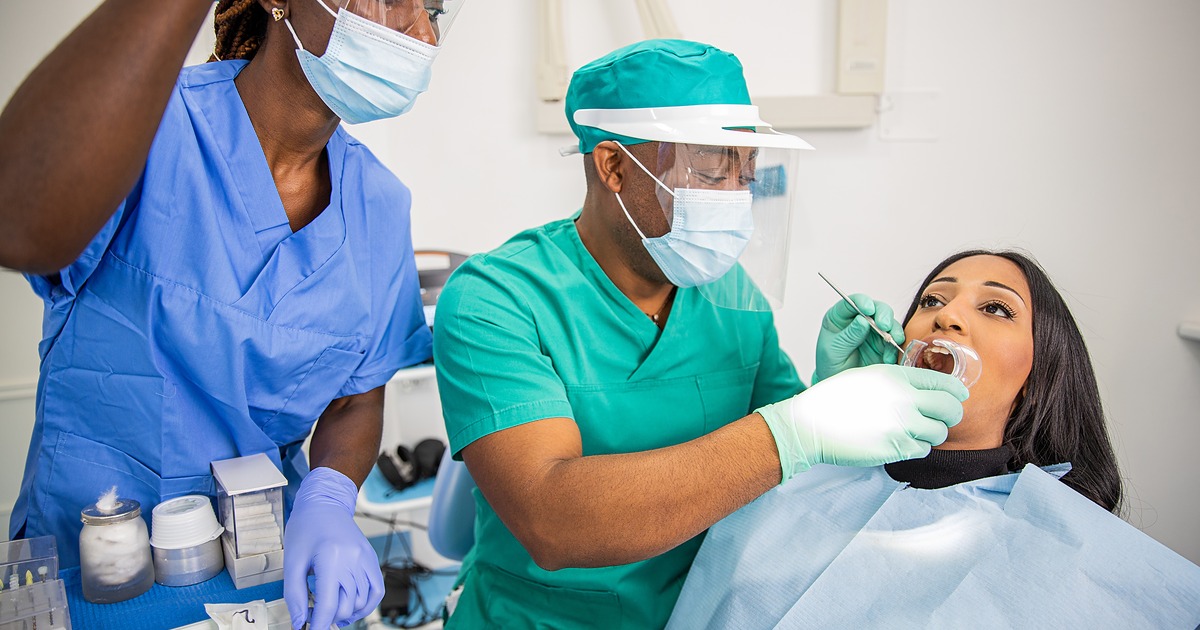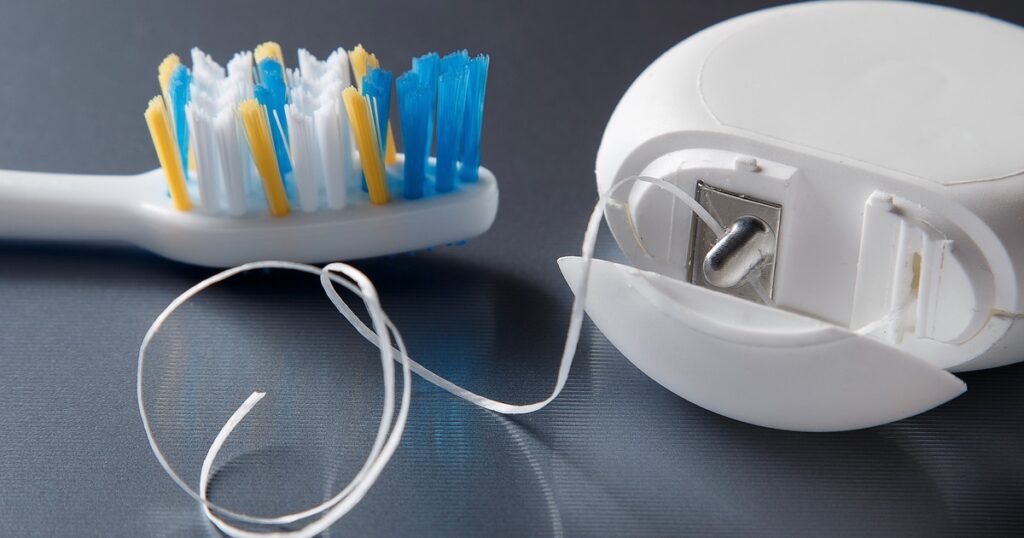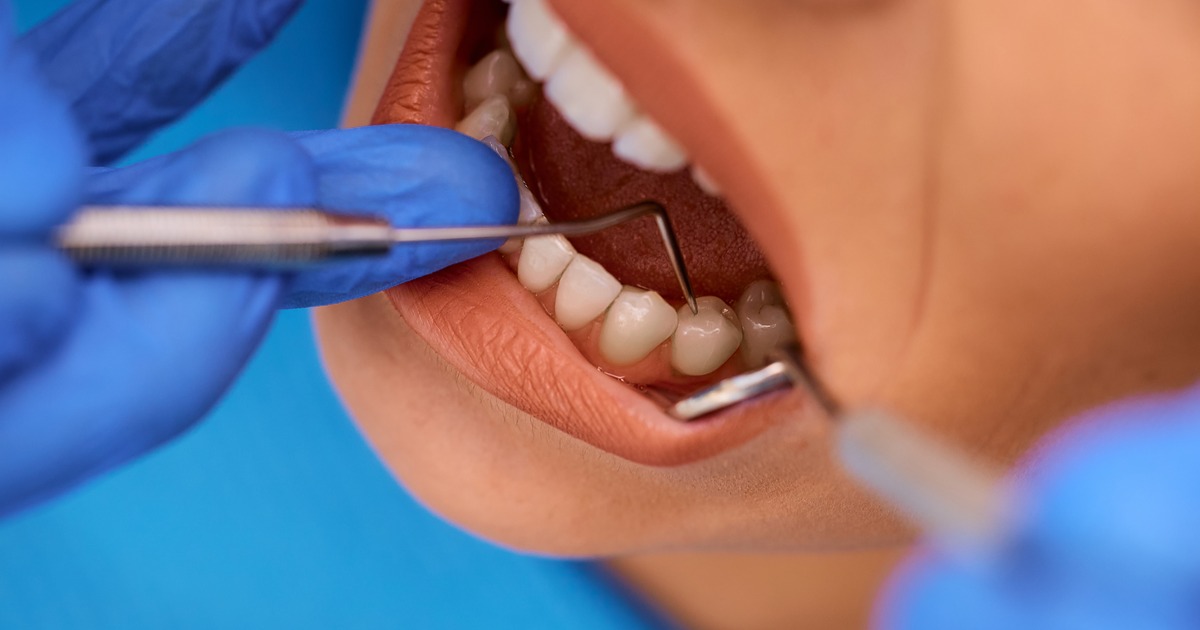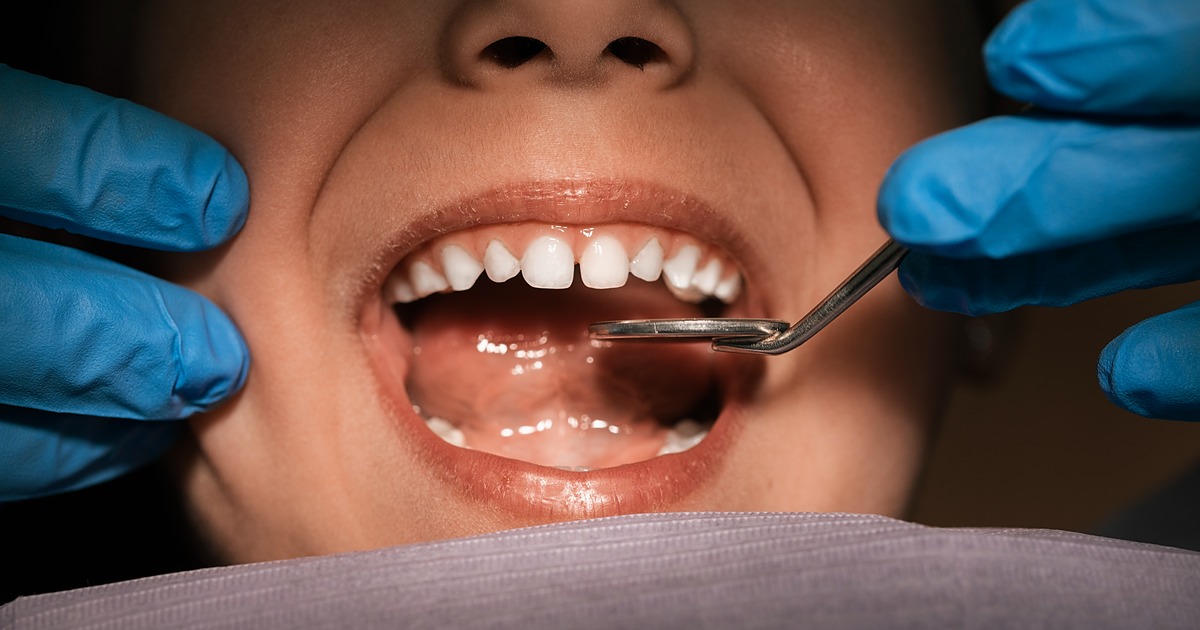Stages of Gum Disease: From Gingivitis to Periodontitis

Gum disease is one of the most common oral health problems worldwide—and also one of the most misunderstood. Many people don’t notice the early signs, and by the time they do, their gum health has already worsened.
The good news: gum disease develops in stages, and if caught early, it can be reversed. But if ignored, it can progress into permanent damage, tooth loss, and even health risks beyond the mouth.
This guide will explain the stages of gum disease, how long each stage takes to develop, and what you can do at every step. If you’re looking to act early, don’t miss the Early Signs of Gingivitis guide. You can also explore ways to Prevent Gum Disease Naturally and see exactly How Long Periodontitis Takes to Develop if left untreated.
✅ Stage 1: Gingivitis (Reversible)
Timeline: Can develop in 1–2 weeks of poor oral hygiene.
Gingivitis is the earliest stage of gum disease and is caused by plaque buildup along the gumline.
Symptoms:
-
Red, swollen gums
-
Bleeding when brushing or flossing
-
Bad breath
-
Mild gum tenderness
Treatment:
-
Daily brushing & flossing
-
Professional dental cleaning
-
Antibacterial mouthwash
-
Healthy diet & lifestyle changes
👉 If treated at this stage, gingivitis is 100% reversible.
⚠️ Stage 2: Early Periodontitis (Irreversible Begins)
Timeline: Months to years if gingivitis is untreated.
At this stage, the infection spreads deeper below the gumline. Plaque hardens into tartar and pockets begin forming between teeth and gums.
Symptoms:
-
More frequent gum bleeding
-
Gums starting to recede
-
Pockets forming around teeth (detected by dentist)
-
Mild bone loss (seen in X-rays)
Treatment:
-
Deep cleaning (scaling & root planing)
-
Antibiotic rinses or gels
-
More frequent dental visits
⚠️ At this point, damage is no longer fully reversible, but progression can be controlled.
🚨 Stage 3: Moderate Periodontitis
Timeline: Usually develops after several months to years of untreated gum disease.
In this stage, the infection spreads deeper, causing moderate bone and tissue loss.
Symptoms:
-
Gum recession more visible
-
Teeth begin to loosen slightly
-
Increased pain or sensitivity
-
Bad breath that doesn’t go away
-
Pockets around teeth deepen (4–6mm)
Treatment:
-
Scaling & root planing
-
Possible gum surgery to reduce pockets
-
Antibiotic therapy
-
Lifestyle changes (stop smoking, better oral care)
🔴 Stage 4: Advanced Periodontitis
Timeline: Can take several years of neglect to reach this point.
This is the most severe stage of gum disease and is often the reason adults lose teeth.
Symptoms:
-
Severe gum recession
-
Deep pockets around teeth (6mm+)
-
Teeth shifting or becoming loose
-
Pain while chewing
-
Tooth loss
-
Risk of systemic health issues (heart disease, diabetes complications)
Treatment:
-
Periodontal surgery (flap surgery, bone grafts, tissue grafts)
-
Tooth extractions if teeth cannot be saved
-
Dental implants or dentures to restore lost teeth
⚠️ This stage cannot be reversed—only managed.
🧠 Why Gum Disease Matters Beyond the Mouth
Research shows gum disease is linked to serious health issues:
-
Heart disease
-
Stroke
-
Diabetes complications
-
Respiratory infections
-
Pregnancy complications (premature birth, low birth weight)
Your gums are not just about your smile—they are connected to your whole-body health.
🛡️ How to Prevent Gum Disease
-
Brush 2 minutes, twice a day
-
Floss daily
-
Use an antibacterial mouthwash
-
Get dental checkups every 6 months
-
Avoid smoking and sugary diets
-
Stay hydrated and eat vitamin-rich foods
❓ FAQs About Gum Disease Stages
1. Can gingivitis turn into periodontitis?
Yes. If untreated, gingivitis can progress into periodontitis, which is irreversible.
2. How do I know what stage I’m in?
Only a dentist can confirm the stage by examining your gums and taking X-rays.
3. Can periodontitis be cured?
No, but it can be managed with treatment and proper care to prevent further damage.
4. Is gum disease painful?
Not always. Many people don’t feel pain until it’s advanced.
5. Can children get gum disease?
Yes, but advanced stages are more common in adults.
🔑 Final Takeaway
Gum disease is a progressive condition that begins silently with gingivitis and can end with advanced periodontitis if ignored. The earlier you recognize the signs and act, the more likely you are to protect your smile—and your overall health.








